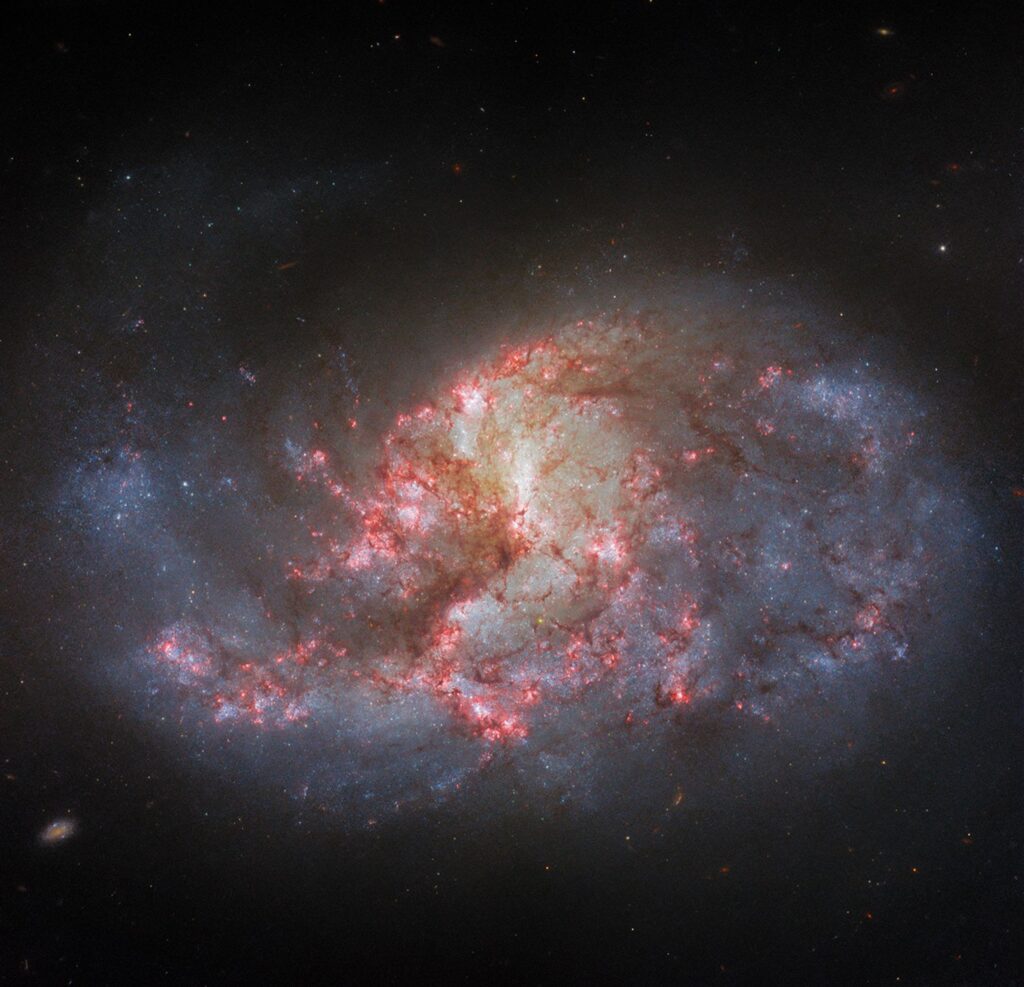NASA’s Juno mission has captured stunning new views of Jupiter’s moon Io and its lava-scarred surface.
During a recent flyby on Oct. 15, Juno passed near Jupiter’s fifth moon, Io, which is the most volcanically active body in the solar system. The moon’s tortured surface appears tie-dyed with swirls of light and dark spots and large swaths of molten-red patches in new photos shared by NASA on X (formerly Twitter).
The volcanic activity on Io has created lakes of molten silicate lava on its surface. Dark, molten-red patches spread across the moon can be seen in the new detailed images from Juno, which were processed by citizen scientists using the raw data captured by the spacecraft.
Related: See Jupiter’s volcanic moon Io glow red-hot in incredible images from NASA’s Juno probe
Io is the most volcanically active body in the solar system, home to hundreds of volcanoes that regularly erupt with molten lava and spew sulfurous gas plumes hundreds of miles upward into the atmosphere, which can be seen with large telescopes on Earth.

Jupiter, the largest planet in our solar system, has a total of 92 moons. Io is only slightly larger than Earth’s moon and the fourth-largest moon in the solar system. It is Jupiter’s third-largest and the innermost Galilean satellite — which refers to the four Jupiter moons that were the first celestial objects to be discovered orbiting an object other than the sun by Galileo Galilei in 1610.

Data collected by the JunoCam instrument during the flyby was used to create a time-lapse video of the volcanic moon, capturing its surface from different angles as the spacecraft passed overhead.
Time-lapse of @NASAJuno’s encounter with Io over the weekend as seen by JunoCam. pic.twitter.com/kWrLxogL3hOctober 17, 2023
RELATED STORIES:
Juno’s images are available online and can be downloaded and processed by the public. This work, performed by people referred to as citizen scientists, aids in studying all of the raw data collected by Juno. Citizen scientists are encouraged to upload and share their creations, ranging from color enhancements or color reconstructions to collages of different still images, which, in turn, reveal striking new details about the gas giant planet and its many moons.


